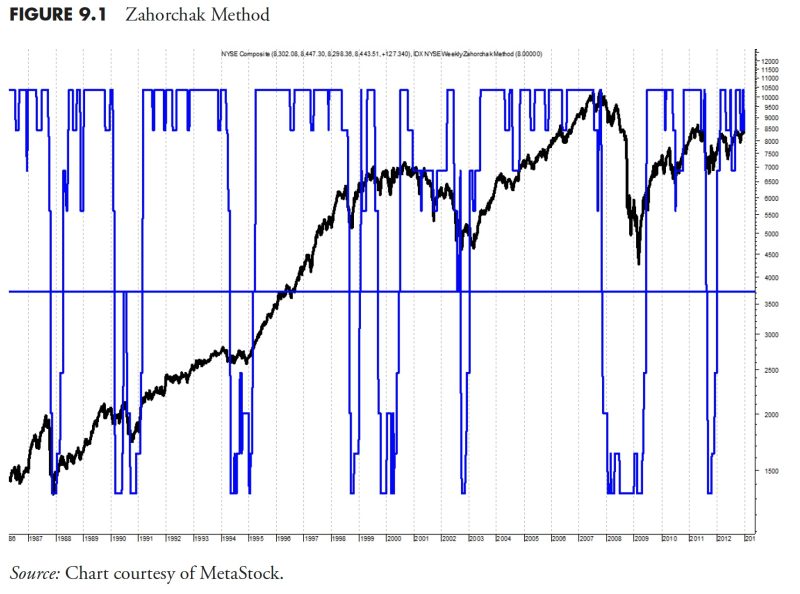Market research and analysis remains one of the most essential aspects of businesses in today’s modern world. It is the catalyst for any successful business or operation. However, within this broad domain of research and analysis, the focus of this article is on one key branch: Technical Analysis. Why is technical analysis important? What differentiates it from other types of market research and analysis? This piece seeks to present a detailed response to these queries.
To start with, technical analysis is a methodology used to forecast the direction of prices through the study of past market data, primarily focusing on price and volume. It’s an approach used in financial market trading most commonly used in the stock market, forex market, and commodities markets.
In the convoluted world of financial markets, there are countless variables that can affect the price and value of commodities. Economic conditions, industry developments, geopolitical situations, and many other factors can influence the market’s dynamics. However, technical analysis provides a way to cut through the noise, offering valuable insights into market trends, price patterns, and trading signals, which can help traders make informed decisions.
Unlike fundamental analysis that considers a range of intrinsic factors such as the financial health and operational performance of companies, technical analysis solely focuses on statistical trends derived from the market activity itself, such as price movements and volume. Essentially, technical analysts believe that all the significant information is already priced into the market, dismissing the need to delve into an extensive array of other data.
Technical analysis is especially important for those involved in short term or intraday trading where small changes in price can lead to significant profit or loss. The ability to interpret price charts and market trends swiftly and accurately can be instrumental in achieving success in such circumstances.
Furthermore, technical analysis tools such as moving averages, relative strength index (RSI), Fibonacci retracement, and others provide analysts with an arsenal of analytical methodologies to derive meaningful insights from the market. These tools are extensively customizable and can be adapted to align with different investment strategies and risk tolerance levels.
Moreover, technical analysis offers substantial objectivity to traders in their decision-making process. With its reliance on market chart analysis, it eradicates the element of human emotions and bias, thus paving the way for decisions rooted in empirical evidence.
One of the most exceptional facets of technical analysis is its universal applicability. Regardless of the specific market or the asset type, if there are price data and trading volume, technical analysis can be applied. Thus, this makes it a valuable tool for a diverse range of






























